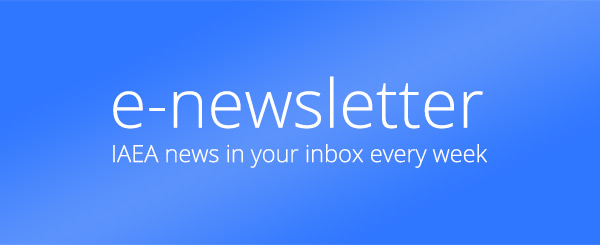Development of an Integrated Approach to Routine Automation of Neutron Activation Analysis
Closed for proposals
Project Type
Project Code
F12025CRP
1888Approved Date
Status
Start Date
Expected End Date
Completed Date
18 January 2017Description
Enhancement of low and medium power research reactor (RR) utilization is often pursued by increasing the neutron activation analysis (NAA) activities. Over the years, the IAEA has stimulated the orientation of NAA groups worldwide on fields of application in which large amounts of samples may exist for analysis. Whereas the markets for NAA laboratories may have been identified and quality may have been established, an underestimated problem remains the absence of automation, which limits tremendously the analytical capacity. The level of automation in most NAA labs does not compare to what modern industry provides for alternative techniques such as X-ray Fluorescence Spectroscopy (XRF), Atomic Absorption Spectroscopy (AAS) and Inductively Coupled Plasma (ICP) Spectroscopy. Data processing in NAA often requires an unequal amount of human intervention since the existing software packages were never designed for routine service applications. Equally, commercially available sample changers do not fit for handling the NAA sample vials. In most of the cases the NAA service requests have to be rejected not because of lack of RR availability, but because of limited capacity in automation and data processing. It emphasizes the relevance and urgency to support the development of NAA automation procedures and implementation thereof at different stages such as automatic sample changers both for irradiation and measurements, more efficient use of detectors, automated data handling and analysis procedures, faster quality control process and reporting software.
Objectives
To contribute to enhanced and sustainable RR utilization by increasing NAA capacity through automation, resulting in more opportunities to engage in scientific research and commercial services.
Specific objectives
To develop detailed guidelines for the integration of hardware, software, data management and related QA/QC in automated NAA facilities.
To develop standardised communication protocols (software) and make them available as open source codes.
To facilitate the establishment of long-term cooperation (network) between participating laboratories on automation in NAA.
To identify centres of expertise that can be called upon by laboratories wishing to improve automation within their laboratories.
To increase the level of automation in participating laboratories, according to the guidelines produced in the CRP.
To provide detailed examples of designs and components suitable for the automation of hardware.
Impact
High. Increase of irradiation capacity and corresponding measurement capacity increased by a factor up to 4 in the participating laboratories. Data integration and automation led to a further 10-30% of time savings. The knowledge and know-how generated within the CRP was made available by the IAEA to the Member States in the first comprehensive
Relevance
Enhancement of research reactor utilization is often pursued by increasing the neutron activation analysis (NAA) activities, in particular for small and medium size RRs that might also be involved in education and training activities but have little opportunities for neutron beam research or radioisotope production. In this respect, absence of automation continues to limit the analytical capacity of many NAA laboratories. A few laboratories have successfully implemented systems that provide a high degree of automation, but many suffer from a lack of in-house know-how to decide on the path of good practice to follow. As a consequence, the CRP results provided a framework for the entire NAA automation process, that allows the development of building blocks that may be combined into an integrated whole.

